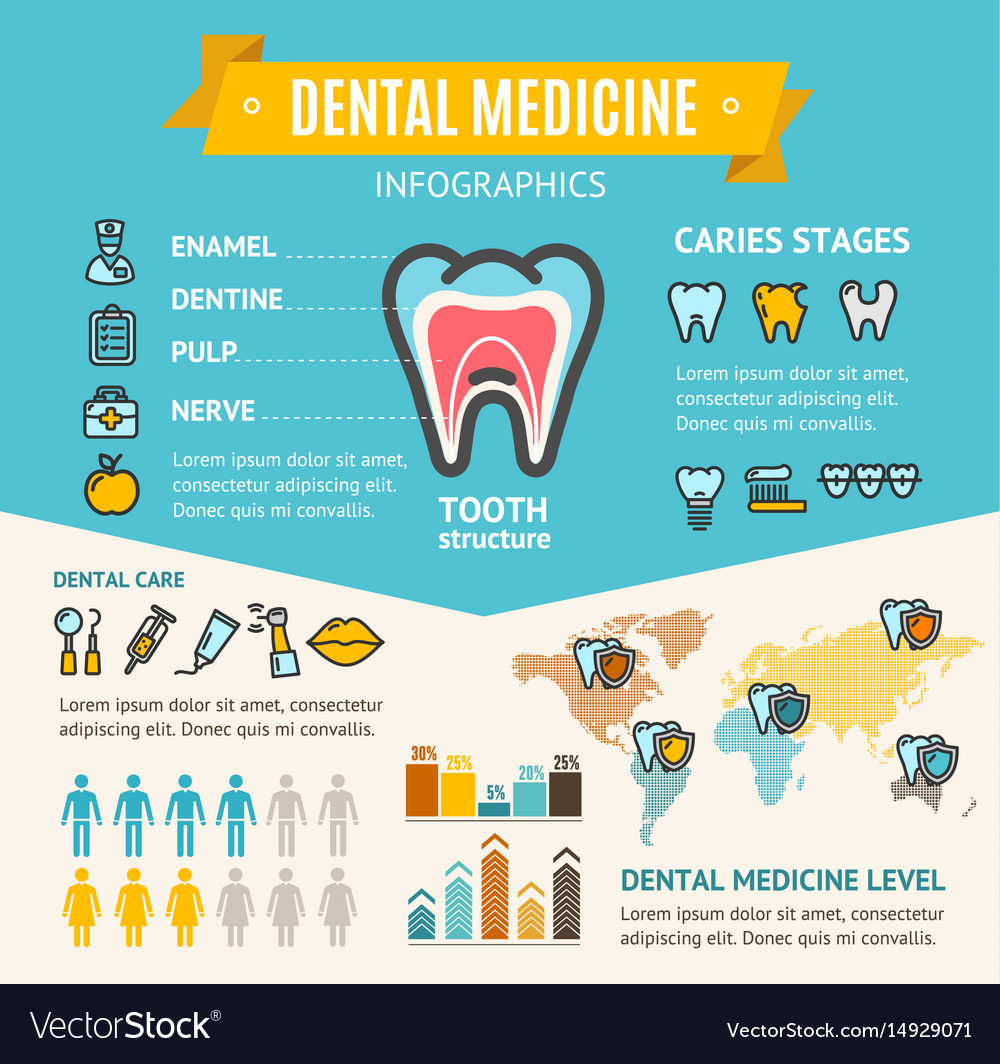Examine The Sophisticated Developments That Are Transforming Oral Surgery. Discover What The Future Holds For This Area And Maintain On Your Own Educated. Click Currently For A Special Sight Of Upcoming Innovations
Examine The Sophisticated Developments That Are Transforming Oral Surgery. Discover What The Future Holds For This Area And Maintain On Your Own Educated. Click Currently For A Special Sight Of Upcoming Innovations
Blog Article
Web Content Author-Borg Guerra
Welcome to the world of oral surgery, where developments and advancements are forming the future of the area! In this interesting realm, you'll witness the transformative power of robotics, the advanced wonder of 3D printing, and the game-changing effect of minimally intrusive strategies.
The future of oral surgery holds a guarantee of accuracy, efficiency, and enhanced person results. With the help of advanced robotics, surgeons have the ability to perform intricate procedures with higher accuracy and control.
3D printing modern technology is reinventing the production of dental implants and prosthetics, offering tailored remedies that fit flawlessly into each individual's distinct makeup.
Additionally, minimally intrusive techniques are lowering post-operative pain and recovery time, permitting individuals to go back to their daily lives faster.
Prepare to check out the exciting technologies and advances that are improving the landscape of dental surgery!
Improvements in Robotics
One major improvement in oral surgery is making use of robot modern technology, which permits specific and reliable surgical procedures. With the help of robotic systems, dental surgeons have the ability to execute intricate surgeries with boosted precision, minimizing the risk of human error.
These robot systems are furnished with innovative imaging innovation and exact tools that make it possible for specialists to browse through elaborate anatomical structures effortlessly. By utilizing robotic innovation, doctors can achieve greater medical accuracy, leading to improved client outcomes and faster recovery times.
In cosmetic dentistry austin tx , using robotics in dental surgery allows for minimally intrusive procedures, decreasing the trauma to surrounding tissues and advertising faster healing.
3D Printing in Dental Surgery
To boost the field of oral surgery, you can discover the subtopic of 3D printing in oral surgery. This ingenious innovation has the prospective to transform the means dental cosmetic surgeons operate and deal with people. Here are Read Homepage which 3D printing is shaping the area:
- ** Personalized Surgical Guides **: 3D printing allows for the production of highly accurate and patient-specific surgical overviews, boosting the accuracy and efficiency of procedures.
- ** Implant Prosthetics **: With 3D printing, dental specialists can create personalized implant prosthetics that flawlessly fit an individual's distinct composition, leading to better end results and person fulfillment.
- ** Bone Grafting **: 3D printing makes it possible for the manufacturing of patient-specific bone grafts, decreasing the need for conventional implanting methods and enhancing healing and healing time.
- ** pediatric dentist near me and learning and Training **: 3D printing can be utilized to develop reasonable medical models for academic objectives, allowing dental cosmetic surgeons to practice complicated procedures before executing them on clients.
With its possible to improve precision, modification, and training, 3D printing is an interesting advancement in the field of dental surgery.
Minimally Intrusive Methods
To even more progress the area of oral surgery, welcome the capacity of minimally intrusive strategies that can greatly benefit both doctors and people alike.
Minimally intrusive techniques are changing the area by reducing medical trauma, decreasing post-operative pain, and speeding up the recovery procedure. These methods include using smaller sized lacerations and specialized tools to carry out procedures with accuracy and performance.
By using advanced imaging modern technology, such as cone beam computed tomography (CBCT), specialists can properly prepare and execute surgical treatments with minimal invasiveness.
In addition, using lasers in dental surgery permits precise cells cutting and coagulation, causing lessened bleeding and lowered healing time.
With minimally intrusive strategies, clients can experience much faster recuperation, minimized scarring, and enhanced results, making it a crucial element of the future of oral surgery.
Verdict
So, as you can see, the future of dental surgery is exceptionally appealing, with exciting advancements and advances forming the field.
From the advancements in robotics to using 3D printing and minimally intrusive techniques, oral doctors are reinventing the way they give treatment.
While some may bother with the prospective cost associated with these developments, it is necessary to remember that these innovations inevitably improve client outcomes and decrease recovery time, making them well worth the financial investment over time.
